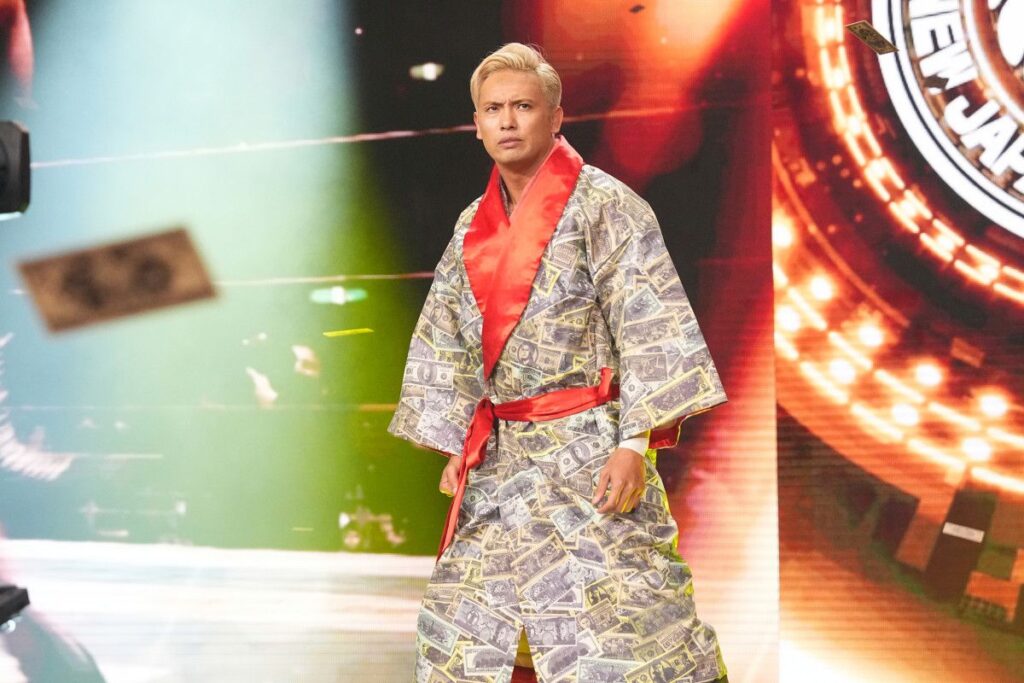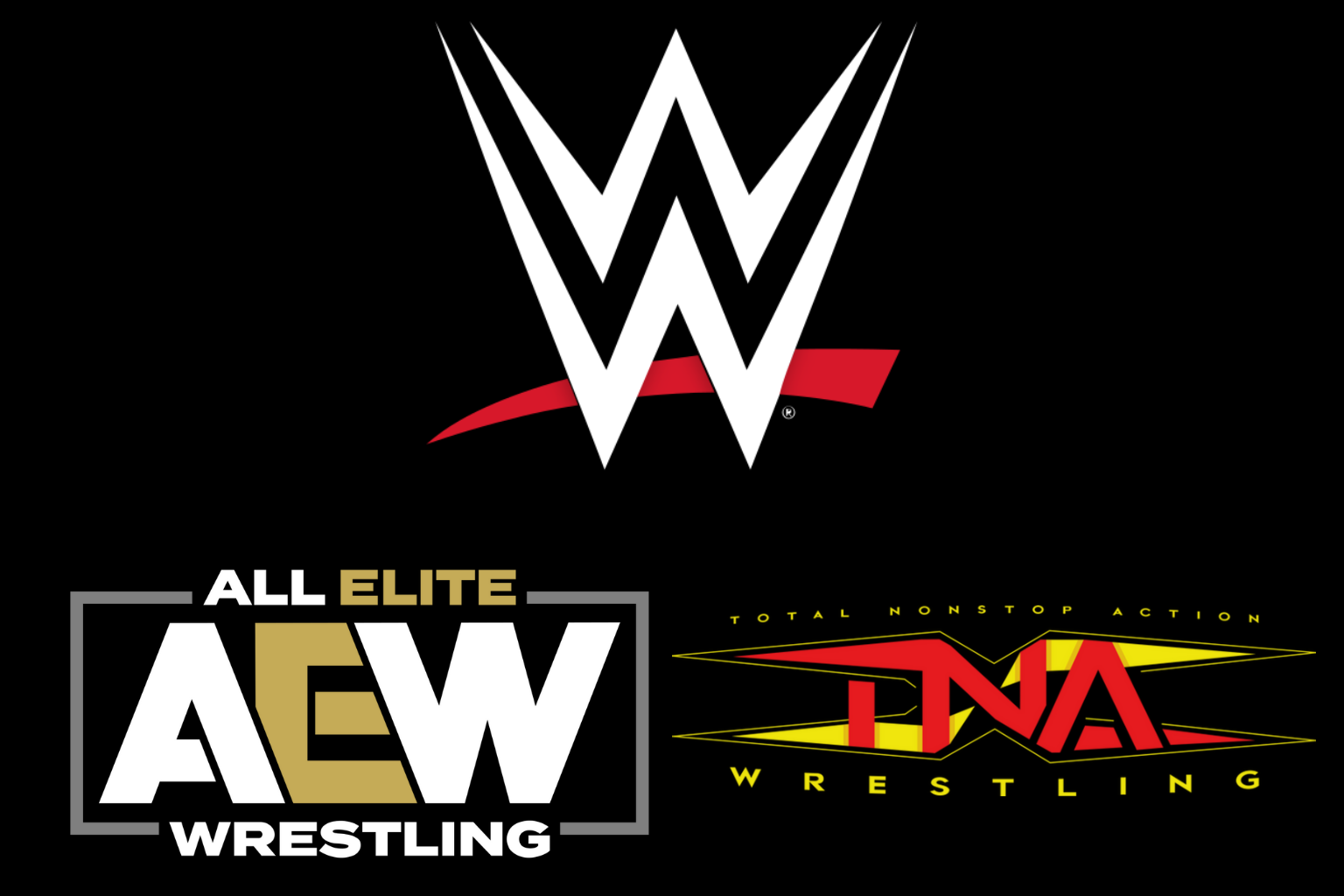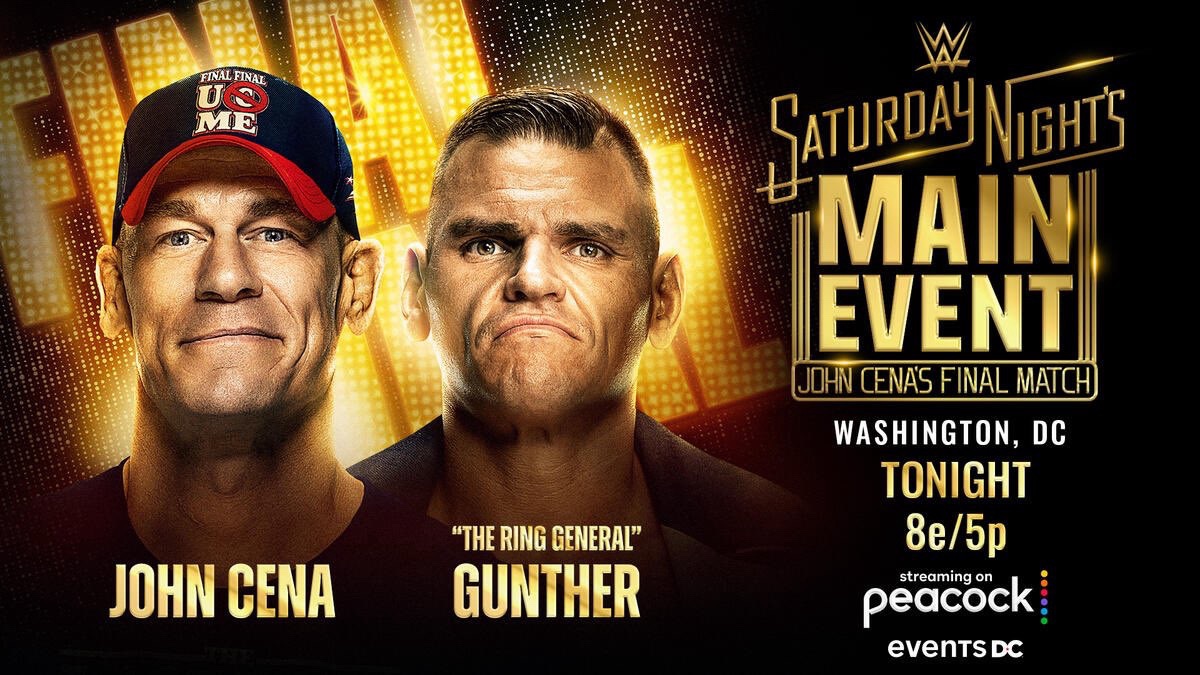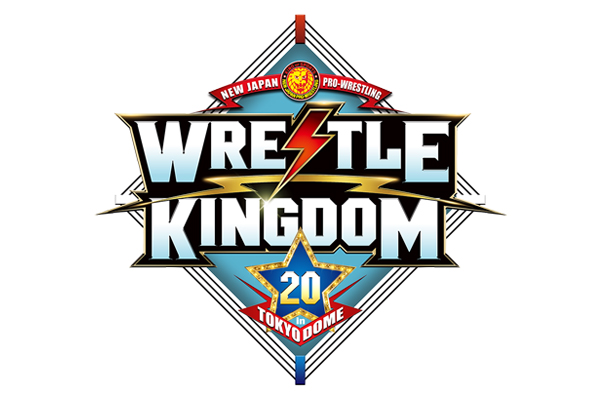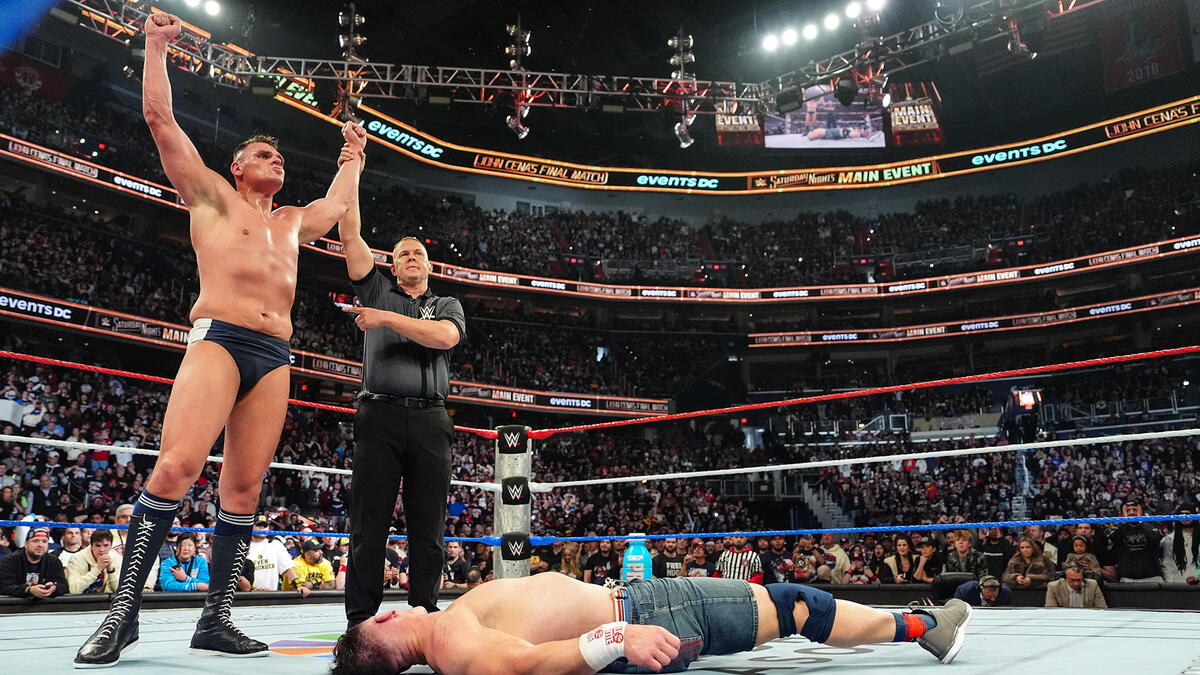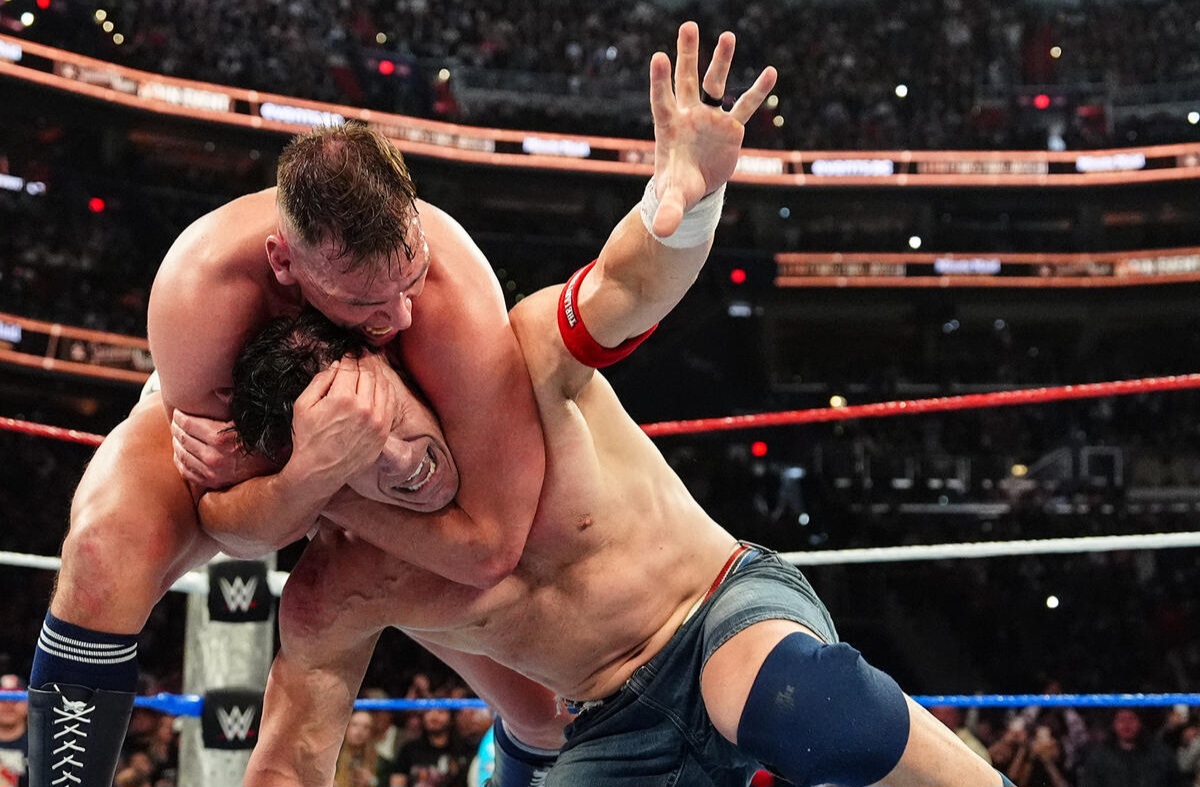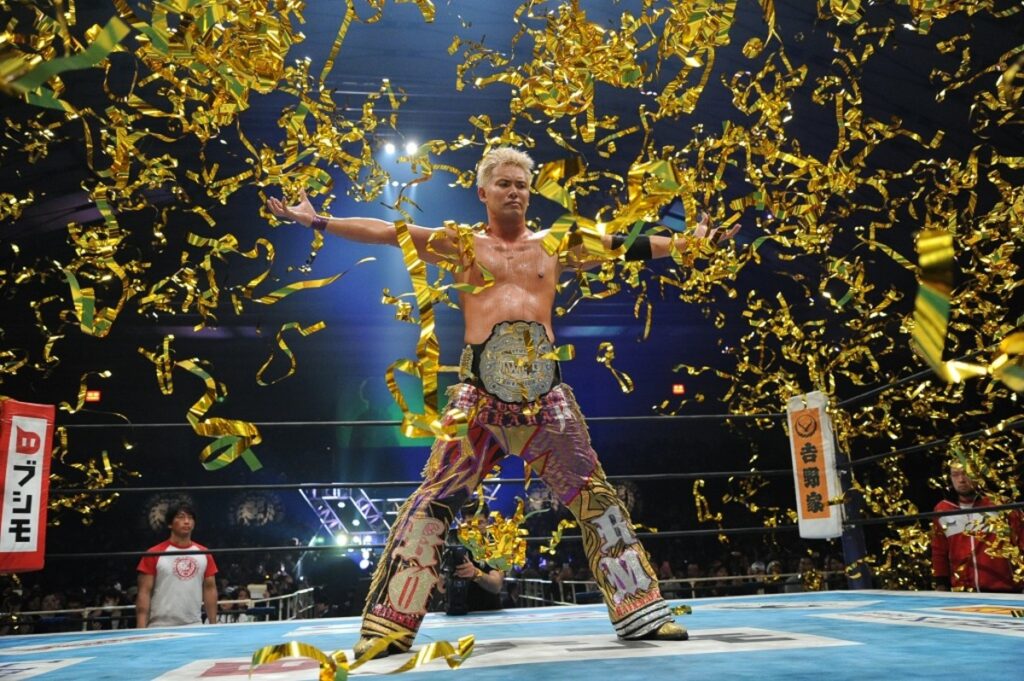
In 2019, I had only been watching professional wrestling for a few years, still in the infancy of my fandom. My fandom at this point consisted of almost exclusively mainstream American wrestling, a fancy way of saying WWE, and a smattering of the U.K indies. Like many fans at this stage, I began to wonder what was beyond the horizon. Being a fan in the internet age, I had the capability to explore in ways that a fan decades prior could only dream of. However, that exploration seemed rather daunting to me. A turning point I remember vividly was, much like those fans decades before me, buying a wrestling magazine of the 100 best wrestlers in the world. The top 10 had a few memorable faces such as AJ Styles, but it was littered with people completely unknown to me like Hiroshi Tanahashi and Kenny Omega. But sitting above them all at number one was the Rainmaker, Kazuchika Okada.
I was immediately hooked not only by the way he was described as the greatest wrestler to walk god’s green earth, but by the way he looked and presented himself; with his colourful jacket and slick blond hair. From that point on, my intrigue became irritation, I had to know who this man was, and I had to see him wrestle. At that time New Japan felt like a mythical land beyond the horizon, alien to me from their language to their style of wrestling. At the gates of this mythical land was Kazuchika Okada. From the moment I learned about them, New Japan and Okada have been one and the same. As my journey as a fan has progressed however, I have begun to notice the trajectory of the company as a whole seems to mirror Okada’s, whether by coincidence or by an infrangible bond between a wrestling company and their biggest star.
In both my mind and the real world, it seems like one cannot move without the other. Something which is interesting with their current relationship. That is what I plan to examine throughout this feature, how the peaks and troughs of New Japan in the past few years align with Kazuchika Okada’s.
1.) THE GLORY YEARS
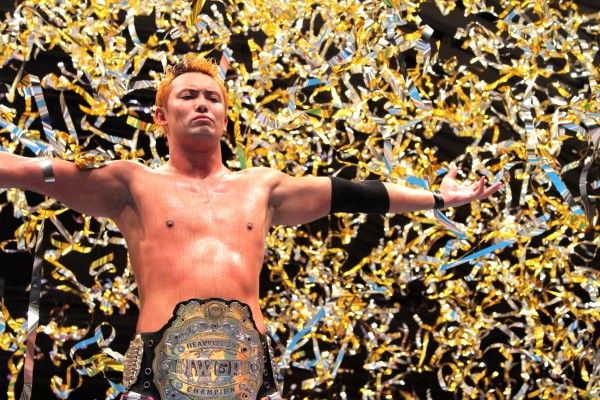
New Japan was flying high in the late 2010’s, putting on some of the most widely adored professional wrestling since the early days of ROH. Wrestling fans love to fragment their discussions through eras, from the aforementioned early days of ROH, to the King’s Road era of All Japan in the late 90’s to peak ECW. At this time however, there hadn’t been a compact amount of incredible wrestling all within the space of a few years to warrant a ‘new era’ for quite a while. That was before this ‘era’ of New Japan became one of the most revered. One of the reasons for that is because it was one of the most popular, especially in the west. While King’s Road and early ROH had critical appreciation as they were happening, it was not until long after, with a large amount of the content locatable for free online, that they became legends of wrestling perfection.
This time in the history of New Japan is so adored because there were so many eyes on it from all over the world. Out was the burden of tape trading, in was the ease of NJPW World. The catalyst of this western popularity was the Omega Okada trilogy, a series of matches praised by fans, critics and wrestlers alike as some of the best bouts of all time. The quality and praise of these matches became an invitation for fans to see what all the fuss was about with this whole New Japan thing. There are many fans today that would attribute these matches to why they are watching NJPW, or even wrestling, still today. Personally, these matches were like the Godfather to me, I was scared to watch them in case I performed the sacrilegious act of not thinking they were actually that good. This is a fear I no longer have.
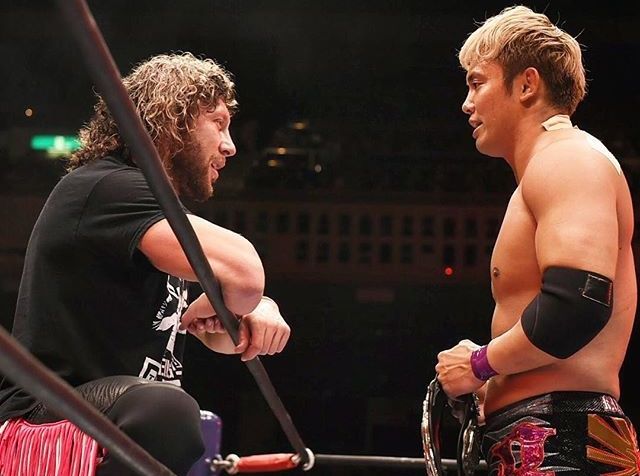
Their first meeting has one of the greatest closing stretches of any match that I have seen before or after. Their second, the hour-long draw, is one of my ten favourite matches of all time. It captures everything that I love about wrestling, a both melodramatic and gritty representation of the human struggle, with some pantomime thrown in towards the end by Cody and his threat to throw in the towel for Omega. Extraordinary match. Their third match, which is not really part of the trilogy, is the one that has the least substance but is arguably the most fun. Without the stakes and length of the 3 ‘proper’ matches, one can sit back and enjoy two of the best in the world cram as much of their impeccable offense in to win in a mere 30 minutes, which to them is not very long. Finally, their last match is almost beyond criticism.
I am aware that is impossible when talking about anything let alone wrestling, full of its discourse and hot takes, but it is simply superb. While that series deservingly gets the most focus, it would be criminal to not mention the comical amount of other great matches that Okada had around this time. The Ishii battles, the often-forgotten Marafuji match, Ibushi, Suzuki and of course; quite possibly the best singles match of all time against Katsuyori Shibata. Okada was not just presented as a member of the roster putting on terrific matches, he was the guy. While Kazuchika Okada was challenging Meltzer’s’ scale on what felt like a monthly basis, carrying the IWGP Heavyweight Championship and giving the company more western recognition than it had gotten in years, he was not doing so alone. It was like nothing could go wrong, a certain magic in the air. Almost every one of their big players peaked around this time, almost all the booking clicked, almost all the big matches delivered. Was this a biproduct of the greatness of Kazuchika Okada or simply coincidence? Whatever the reason, it remains true that while Okada was basking in his glory years, so was New Japan Pro Wrestling.
2.) NOT THE END OF THE WORLD
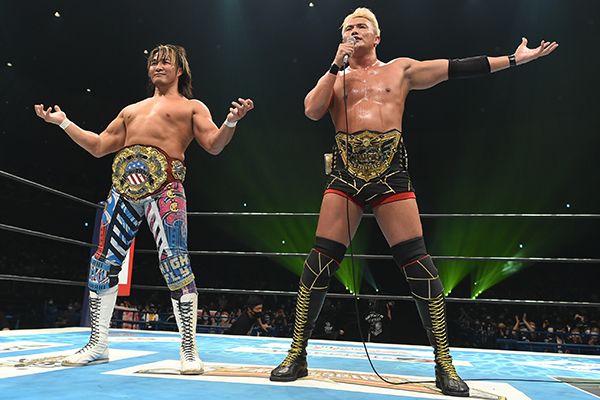
As you have probably guessed, this timeframe includes the pandemic, a horrible time for all of wrestling let alone NJPW, but it would be unfair to give all the blame to the pandemic for NJPW’s issues at that time. The problems with the company and Okada himself were starting to arise before that. The first few years of the decade were not a disastrous time by any means, but it was around that time people started to throw around terms like “formulaic” in reference to the lengthy epics of 2010s NJPW. While the consensus was that these matches were great, they were often forgotten by the time the year came to a close, thus putting into question how ‘great’ they really were. In and of themselves they were very good to great matches, but one couldn’t help feel at times they were watching wrestling by numbers, especially from Okada.
It has always existed, but it was around this time where the debate of whether Okada was really that good rose to prominence and it was because of his admittedly repetitive matches. When I think of truly great NJPW epics from around this time, my mind mostly goes blank. The ones I can remember loving, such as Kota Ibushi vs Jay White, where from those who hadn’t been putting on epics during the ‘glory years,’ it was something fresh. While it wasn’t a perfect time for Okada nor NJPW, it wasn’t the end of the world. Well, until it was nearly the end of the world, of course. The pandemic hit NJPW especially hard, not only did they have precautions for longer than most companies but watching a 45-minute ‘epic’ to silence with the occasional smattering of claps was, to put it simply, awful.
It seemed like a certain spark, both in atmosphere and performance, was gone from Okada and several other members of the roster. Everything just felt hollow. As NJPW started to emerge from the pandemic, things did not really change all that much for Okada, who when not directly fighting for the IWGP belt felt directionless. He had been doing it for so long that nobody really knew what to do when he wasn’t. In 2022, Okada won the G1 and had the two highest rated matches of the year, none of which I remembered until looking it up while writing this. Like I said before, these were not terrible years for NJPW or Okada by any means, but you would be sticking your head in the sand to say that things felt as alive as they did just a few years prior. The company felt like it was moving sideways rather than up. A big time Okada match no longer felt like an event, it was no longer must-see viewing. Both NJPW and Okada needed something fresh.
3.) RESTORING THE FEELING
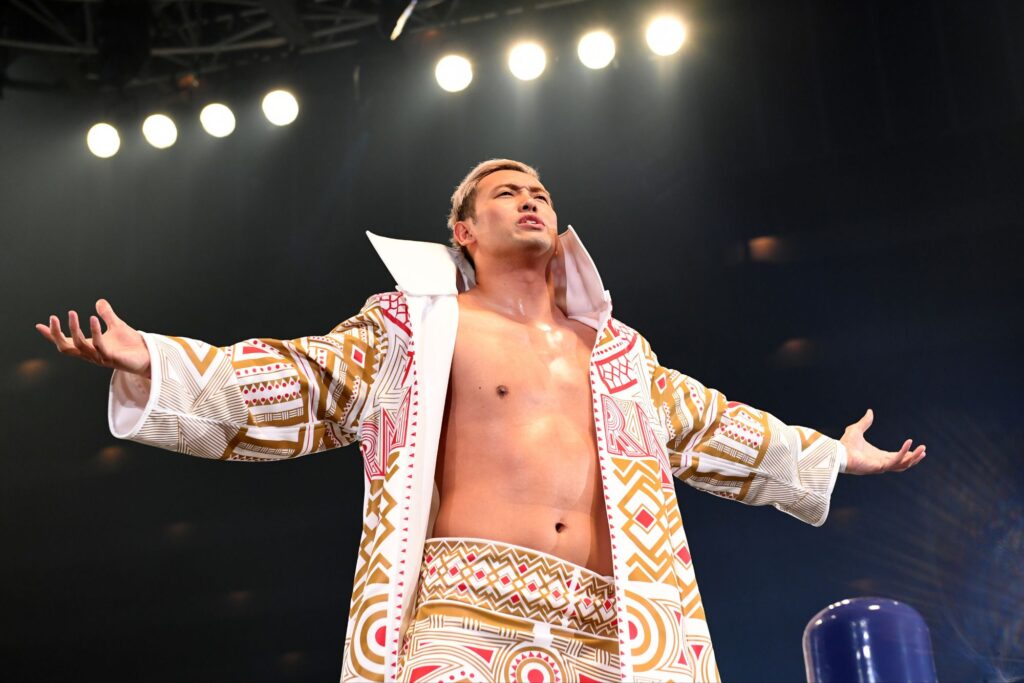
Okada has pretty much always been good. Since around 2012 he has been putting on excellent matches with such ease that it became his greatest weakness. But for the first few years of the decade or so, it would be hard to call him exciting. In the same way that NJPW has (almost) always been good, putting on excellent matches with ease, but for the first few years of the decade it would be hard to call them an exciting promotion. What they both needed was an injection of youth. While not putting on as many ‘classics’ as years prior, Okada managed to have a very legitimate 2023 wrestler of the year campaign by simply hating anyone around or under 30 years of age. With his Inoki scarf and black trunks on, Okada decided that he wasn’t going to let any of these new, fresh talents take his spot as the man in front of NJPW’s mythical gates. And while it had its ups and downs, throughout last year NJPW felt exciting again.
Shota Umino, Yota Tsuji, Gabe Kidd, Kaito Kiyomiya, Master Wato, Boltin Oleg, Kosei Fujita and more were each apart of NJPW’s new youth movement to varying degrees, providing most of the year’s highlights. From Gabe Kidd’s wild brawls to Wato’s largely unexpected brilliance in the BOSJ to Shota proving he can do the Bushiroad main event style against Will Ospreay, while it may not have all been to one’s own specific tastes, the promotion felt alive again. That spark had returned to both New Japan and Okada. I will die on the hill that his match where he lost the belt to Sanada was fantastic. Many complained that the match felt formulaic in the early goings, but I felt that was actually its biggest strength. Okada, taking Sanada for granted, wrestled an Okada by numbers match, presuming Sanda was his latest victim of the month until it was too late. Okada had a new edge beaten out of him by the brash youth of NJPW that led to his best and most exciting year in years. It felt like Okada was ‘restoring the feeling’ for NJPW, but far more than just a catchy slogan, he was truly setting up the promotion for years to come.
4.) THE SEPARATION
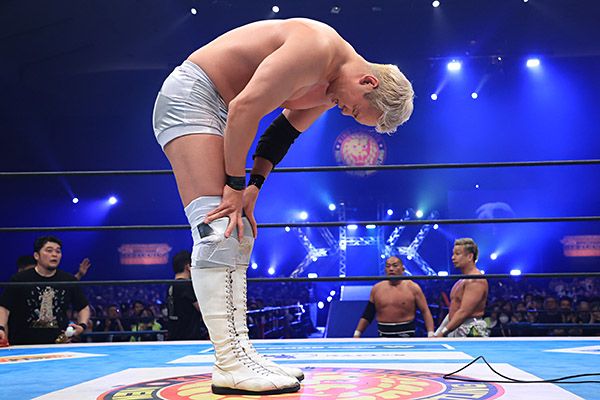
If I’m being completely honest, I originally came up with this concept when NJPW was flying high and the idea of NJPW parting ways with Okada seemed preposterous. But I must admit, begrudgingly as a fan, that the reality does make for a perfect end to this. Even the biggest NJPW fans must concede that the promotion is not exactly living up to the promises that it made when all those aforementioned young guys were rising to prominence in the summer of last year. A middling G1 followed by an an outright final few months of 2023 has killed most people’s hope and excitement for the promotion going forward. Yes, there are all these thrilling young wrestlers, but the promotion seemingly refuses to push any of them beyond being just that, thrilling young wrestlers. And on top of that, Okada is gone.
In the way that the partnership between Kazuchika Okada and New Japan Pro Wrestling is literally finished, metaphorically, many people would declare NJPW as finished also. Perhaps the biggest proof of Okada being spiritually linked to NJPW, and that the comparisons I have made throughout are not just coincidence, is that as the heart and soul of the promotion left, he has seemingly taken that soul along with him, leaving us with the empty, soulless New Japan that we are currently shunning. Okada’s time in New Japan was one of the greatest runs of any wrestler ever and I’m sure he will replicate that quality and success while in AEW. While I hope New Japan can equally replicate the success that they had with Okada, there will only ever be one Rainmaker.
